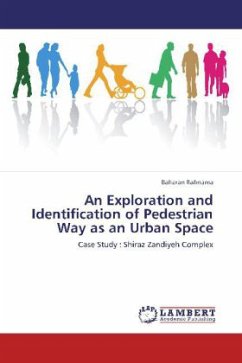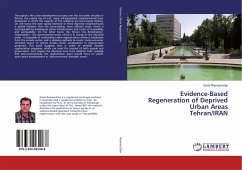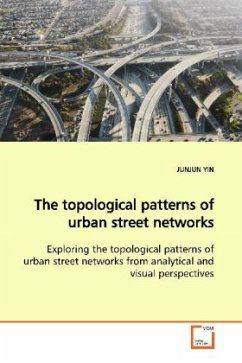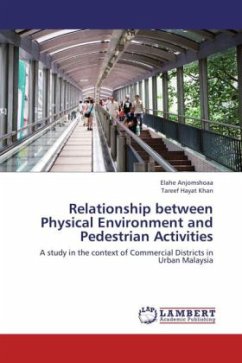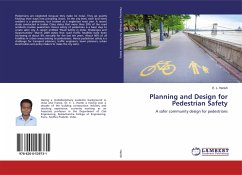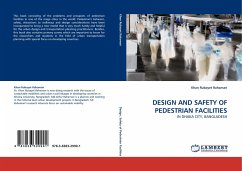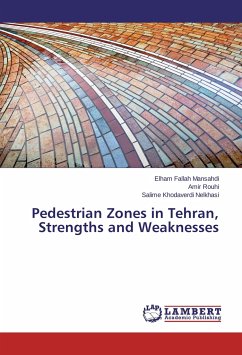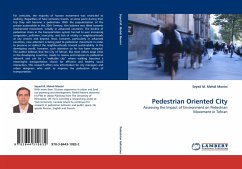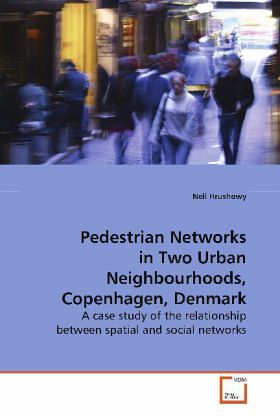
Pedestrian Networks in Two Urban Neighbourhoods, Copenhagen, Denmark
A case study of the relationship between spatial and social networks
Versandkostenfrei!
Versandfertig in 6-10 Tagen
45,99 €
inkl. MwSt.

PAYBACK Punkte
23 °P sammeln!
Most pedestrian environment and behaviour researchhas applied concepts of connectivity and access uniformly at the neighbourhood scale. Actual pedestrian networks relyon a limited number of routes to provide intra- and inter-neighbourhood pedestrian connections, suggesting theneed to focus research. Also, much of the literature hasproposed improvements to the built environment that havelittle relation to the planning system s ability to implement them. Thisresearch aims to assess the applicability of a networkapproach to pedestrian planning. It includes two case studies ofcomparable neighbourh...
Most pedestrian environment and behaviour research
has applied
concepts of connectivity and access uniformly at the
neighbourhood scale. Actual pedestrian networks rely
on a
limited number of routes to provide intra- and inter-
neighbourhood pedestrian connections, suggesting the
need to
focus research. Also, much of the literature has
proposed
improvements to the built environment that have
little relation to
the planning system s ability to implement them. This
research
aims to assess the applicability of a network
approach to
pedestrian planning. It includes two case studies of
comparable
neighbourhoods in Copenhagen, Denmark. One
neighbourhood
has a robust pedestrian space network rich with
choice, while the
other has a fragmented network that limits pedestrian
route
choice. This research also explored the role of
Copenhagen s political culture of planning in
building and
maintaining robust pedestrian space networks. The
theme of
state-market balance of power and its relevance to
pedestrian
policy implementation was explored through over 20
interviews
with planners, politicians and private developers, as
well as a
detailed study of planning documents.
has applied
concepts of connectivity and access uniformly at the
neighbourhood scale. Actual pedestrian networks rely
on a
limited number of routes to provide intra- and inter-
neighbourhood pedestrian connections, suggesting the
need to
focus research. Also, much of the literature has
proposed
improvements to the built environment that have
little relation to
the planning system s ability to implement them. This
research
aims to assess the applicability of a network
approach to
pedestrian planning. It includes two case studies of
comparable
neighbourhoods in Copenhagen, Denmark. One
neighbourhood
has a robust pedestrian space network rich with
choice, while the
other has a fragmented network that limits pedestrian
route
choice. This research also explored the role of
Copenhagen s political culture of planning in
building and
maintaining robust pedestrian space networks. The
theme of
state-market balance of power and its relevance to
pedestrian
policy implementation was explored through over 20
interviews
with planners, politicians and private developers, as
well as a
detailed study of planning documents.



